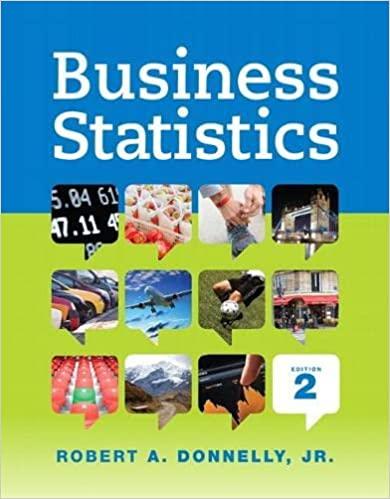Answered step by step
Verified Expert Solution
Question
1 Approved Answer
please help me answer the following 12 exercises 1 and 2 Three charges are arranged as shown in the figure below. Find the magnitude and
please help me answer the following 12 exercises
1 and 2








Step by Step Solution
There are 3 Steps involved in it
Step: 1

Get Instant Access with AI-Powered Solutions
See step-by-step solutions with expert insights and AI powered tools for academic success
Step: 2

Step: 3

Ace Your Homework with AI
Get the answers you need in no time with our AI-driven, step-by-step assistance
Get Started


